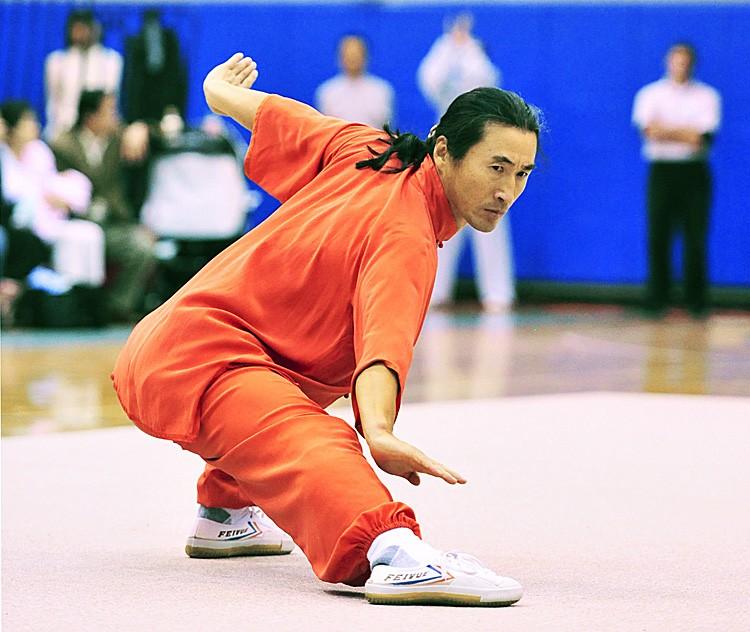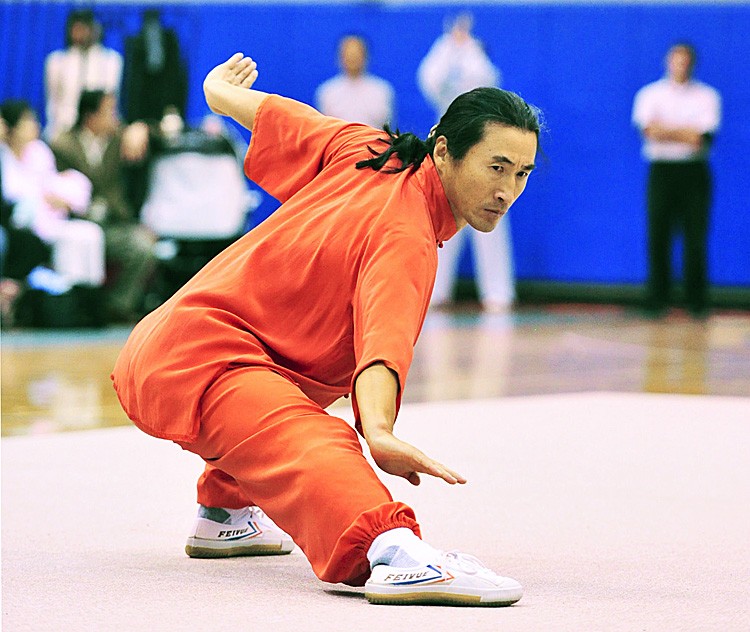Third Annual Chinese Martial Arts Competition Opens
With the aim of restoring a traditional martial arts creed, around 100 contestants participated in the North American preliminaries of the 3rd Annual International Chinese Traditional Martial Arts Competition.
|Updated:






